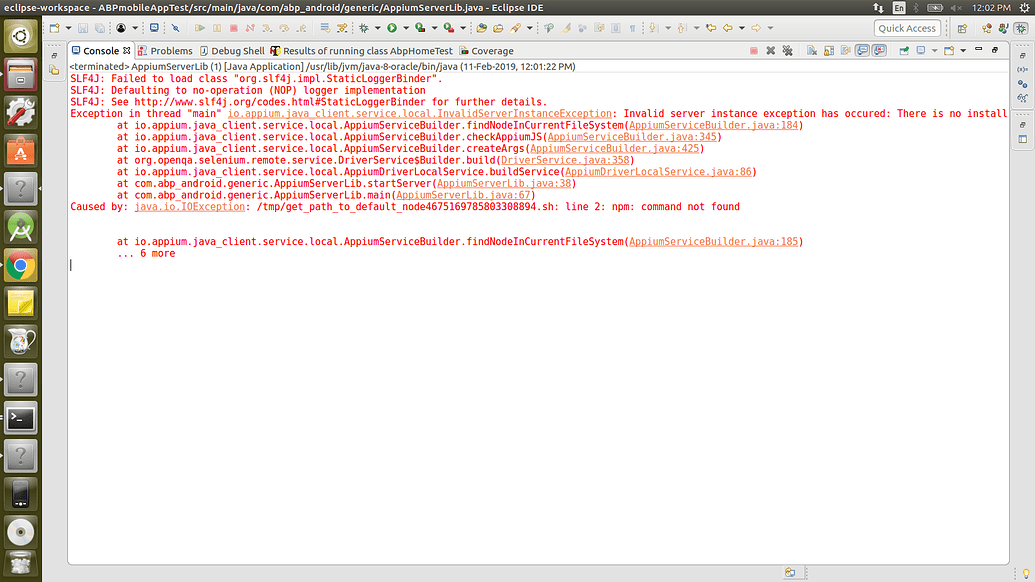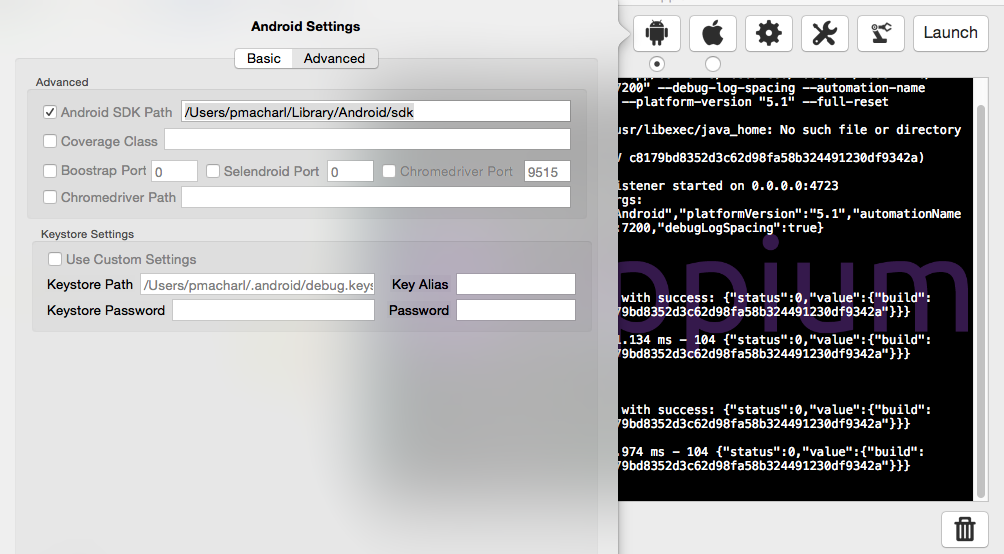


Run the command below to install Expo CLI on your machine: npm install -global expo-cli We’ll use the Expo command-line tool to build and run the sample React Native application we’ll create. Let’s set up a basic React Native application with a login screen and test some of the UI elements. Appium architecture Setting up your React Native app Then, the server returns the result to the client to let you know the status of the test. The Appium client sends a request to the Appium server (a Node.js HTTP server) and, in turn, the Appium server sends a request to the device where the action is performed. It supports iOS, Android, and Windows UI testing.Īppium has a client-server architecture.

Contact Eze at Testing your React Native app with Appium Eze Sunday Follow Eze Sunday is a full-stack software developer and technical writer passionate about solving problems, one line of code at a time.


 0 kommentar(er)
0 kommentar(er)
